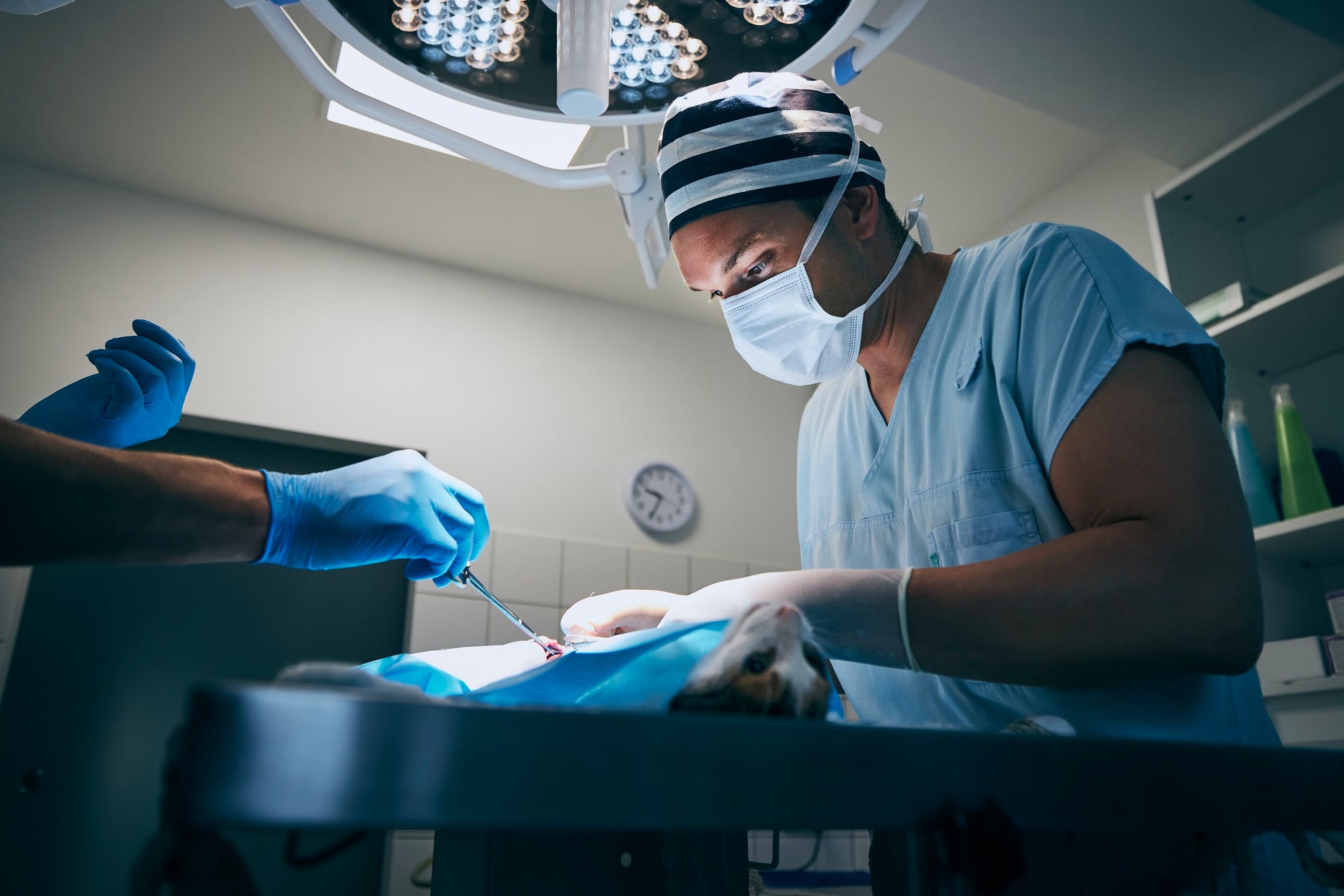

· By Trevor Horne
Veterinary Surgical Light Buying Guide: 5 Considerations
Veterinary surgical lights are a critical component of any veterinary practice, ensuring that the surgical area is well-lit and providing the best possible visibility for the surgeon. When buying a veterinary surgical light, there are several factors to consider to ensure that you are investing in a high-quality, reliable product.
In this blog post, we will discuss the top five considerations to consider when purchasing a veterinary surgical light to help you make an informed decision for your practice.
1. Lifespan
The lifespan of a veterinary surgical light is an important factor to consider, as it directly impacts the long-term cost of the light. High-quality surgical lights will have a longer lifespan, meaning they must be replaced less frequently.
Look for lights with LED technology, as these typically have a longer lifespan than traditional halogen or incandescent bulbs. It's essential to choose a light with a manufacturer-provided lifespan estimate and a warranty to protect your investment.
2. Illumination
The illumination provided by a surgical light is crucial for ensuring that the surgical site is adequately lit, allowing the surgeon to see all the details required for a successful procedure.
The brightness of a surgical light is measured in lux, with higher values indicating greater illumination. It is recommended to choose a light with an adjustable brightness, allowing you to tailor the illumination to the specific needs of each procedure.
Additionally, ensure that the light provides even and shadow-free illumination to avoid any dark spots or glare.
3. Colour Temperature
colour temperature, measured in Kelvin (K), refers to the colour of the light emitted by a light source. It is essential to choose a surgical light with a suitable colour temperature, as this can affect the surgeon's ability to perceive colours accurately.
A colour temperature of around 4,000-5,000K is recommended for surgical lights, as this range is closest to natural daylight and provides the best colour accuracy. Lights within this range will help the surgeon differentiate between tissue types and identify any abnormalities more easily.
4. Colour Rendering Index (CRI)
The colour Rendering Index (CRI) is a measure of how accurately a light source reveals the colours of objects as compared to natural daylight. A higher CRI value indicates better colour accuracy, which is crucial in a surgical setting. Look for a surgical light with a CRI of at least 90, as this will provide excellent colour accuracy and help the surgeon to make accurate assessments during the procedure.
5. Optional Configurations
Surgical lights come in various configurations, including ceiling-mounted, wall-mounted, and portable options.
Consider the available space in your surgical suite and the specific needs of your practice when choosing a configuration. For example, if your facility has limited space, a wall-mounted or portable light may be more suitable.
Additionally, some lights come with optional features such as built-in cameras, adjustable colour temperature, or integrated controls. Consider whether these features would be beneficial to your practice and worth the additional investment.
Final Thoughts
Investing in a high-quality veterinary surgical light is essential for any veterinary practice, as it directly impacts the quality and safety of surgical procedures. Keep in mind that investing in a high-quality light with a longer lifespan and better performance may be more cost-effective in the long run, ensuring that your practice has reliable and efficient lighting for years to come.
For the best surgical lights for your veterinary practice, check out ProNorth Medical today. As one of the top medical device & equipment suppliers in Canada & the US, you can rest assured that you get the best. Explore our collection, and place your order today!
- Choosing a selection results in a full page refresh.
- Press the space key then arrow keys to make a selection.
Your cart -
Your cart is currently empty.
